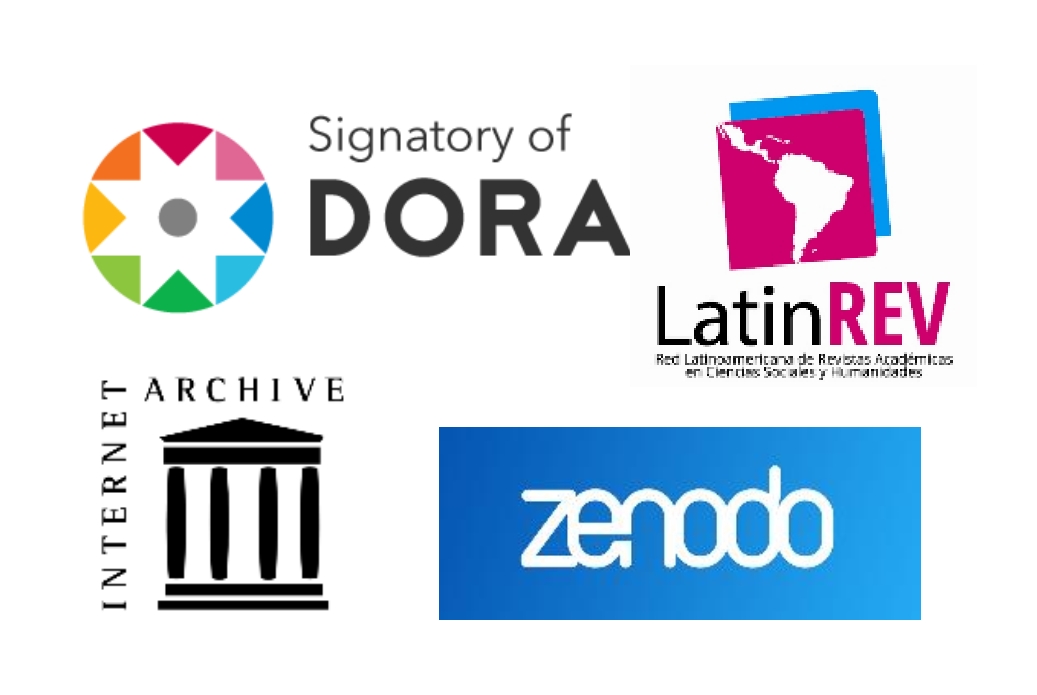Analysis of common toad trophic rhinella humboldti (Gallardo, 1965) associated systems in dry forest undergoing rural area Dibulla–Guajira
Keywords:
Dieta, Ítems presa, Sistemas productivos, Bosque secoAbstract
The structure of the diet Rhinella humboldti (Anura Bufonidae) present in productive systems associated remnants of tropical dry forest occurs in the rural area of Dibulla, located in the southwest of the Sierra Nevada de Santa Marta - La Guajira. The samplings were conducted at 3 km from the county seat (11th 14'13,26 "North and 73 ° 18'28,21" West), from February to October 2012 in Palma and rice crops, livestock, roadside and dry forest. They were collected in both dry season and rainy season 70 adults of R. humboldti (Preserved in Alcohol-Formalin in the reference collection of the University of La Guajira) to which they extracted the gastrointestinal contents through dissection methodology abdominal, presenting a 80% (n = 56) stomach or intestinal contents. 13 families were identified corresponding to 6 orders (arthropods), as well as immature larvae and pupae, plant material, animal and mineral, corresponding to unidentifiable remains, obtaining a total of 18 prey items in the digestive tract of the species. Width of the dam, length of predator - - length of the dam, among other prey items most often given for the analysis of the data volume recording the dam width ratio of the mouth is recorded. R. humboldti introduced a diet with a marked tendency towards specialization by family Formicidae being the most representative and preferred by the species.
Downloads
References
Beaupre, S. J., Jacobson, E. R., Lillywhite, H. B., & Zamudio, K. (2004). Guidelines for
use of live amphibians and reptiles in field and laboratory research (Second
Edition ed.). Lawrence, Kansas: Revised by the Herpetological Animal Care and
Use Committee (HACC).
Blanco Torres A, L. Báez, E. Patiño-Flores & J. M. Renjifo. 2013 Herpetofauna del
valle medio del río Ranchería, La Guajira, Colombia. Revista Biodiversidad
Neotropical 3(2): 113-122.
Duellman, W. E., & Trueb, L. (1994). Biology of Amphibians. Baltimore: The Johns
Hopkins University Press.
Duré, M. I. (1998). Alimentación de Physalaemus santafecinus Barrio, 1965 (Anura,
Leptodactylidae). FACENA, 14, 45-52.
Duré M. I., Kehr A. I. y Schaefer E. F. 2009. Niche Overlap And Resource Partitioning
Among Five Sympatric Bufonids (Anura, Bufonidae) From Northeastern
Argentina. Phyllomedusa 8(1):27-39.
Ferreira, R.B. &. Teixeira, R.L. 2009. Feeding pattern and use of reproductive habitat of
the Striped toad Rhinella crucifer (Anura: Bufonidae) from Southeastern Brazil.
Acta Herpetol. 4(2):125-134
Galvis P., A. Mejia Tobón & J.V. Rueda 2011 Anfibios en Fauna silvestre de la
Reserva Protectora Ambiental Montes de Oca. La Guajira.
Heyer, W. R., Donnelly, M. A., McDiarmid, R. W., Hayek, L. A., & Foster, M. S.
(1994). Measuring and monitoring biological diversity: standard methods for
amphibians. Smithsonian Institution Press.
Narvaes, P. & M. Trefaut-Rodrigues. 2009. Taxonomic revision of Rhinella granulosa
species group (Amphibia,Anura, Bufonidae), with a description of a new
species.Arquivos de Zoologia. São Paulo 40: 1-73
Pianka, E. R. (1973). The Structure of Lizard Communities. Annual Review of Ecology
and Systematics, 4, 53-74.
Toft, C. A. (1981). Feeding Ecology of Panamanian Litter Anurans: Patterns in Diet and
Foraging Mode. Journal of Herpetology, 15(2), 139-144.
Published
How to Cite
Issue
Section
License
Copyright (c) 2016 Yoelis Yepes Pérez ; Julio Acuña-Vargas ; Bienvenido Bastidas Molina

This work is licensed under a Creative Commons Attribution-NonCommercial-NoDerivatives 4.0 International License.





